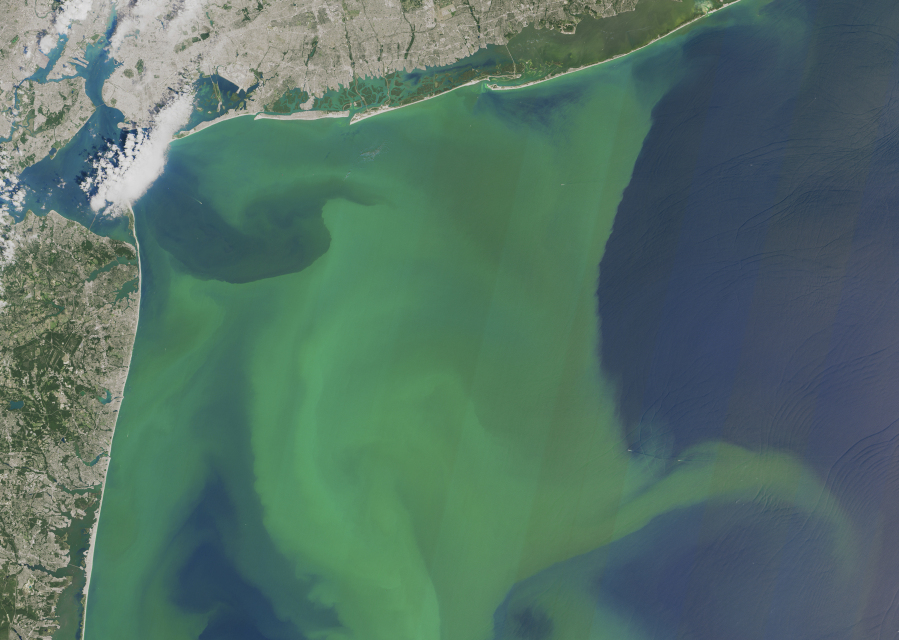WASHINGTON — Projected increases in rain from global warming could further choke U.S. waterways with fertilizer runoff that trigger dead zones and massive algae blooms, a new study said.
If greenhouse gas emissions keep rising, more and heavier rain will increase nitrogen flowing into lakes, rivers and bays by about 19 percent by the end of the century, according to a study in the journal Science.
While that may not sound like much, many coastal areas are already heavily loaded with nitrogen. Researchers calculated that an extra 860,000 tons of nitrogen yearly will wash into American waterways by century’s end.
The nutrients create low-oxygen dead zones and harmful blooms of algae in the Gulf of Mexico, Great Lakes, Pacific Northwest and Atlantic coast.
“Many of these coastal areas are already suffering year-in, year-out from these dead zones and algal blooms,” said Anna Michalak, an ecologist at the Carnegie Institution for Science at Stanford University. “And climate change will make it all worse.”
When waterways are overloaded with nutrients, algae growth can run amok, creating dead zones. Algae can also choke waterways with “green mats of goop on top of the water” that are giant floating blooms, Michalak said.
The blooms often have toxins that can pollute drinking water. In 2014, a bloom on Lake Erie fouled tap water for half a million people in Toledo, Ohio, for more than two days.
The study found the Northeast and Midwest will be hit hardest by the increase in nitrogen runoff. Most of the excess nitrogen from fertilizer use and the burning of coal, oil and gas would flow into the Mississippi River system and into the Gulf of Mexico, researchers said.



